America's "Freedom Ride"

"In the summer of 1962, blacks remained frustrated by the slow pace of progress toward equality. Martin Luther King Jr.'s SCLC, SNCC, and other groups, with their strategy of direct action involving boycotts, civil disobedience, nonviolent sit-ins, and mass demonstrations, had succeeded in dramatizing American racial injustice in the South and in focusing the attention of the nation and the world on it. This caused considerable embarrassment for the Kennedy administration at the time when America sought to compete effectively worldwide with Soviet communism and other repressive ideologies. At the United Nations and in other international forums, Soviet leader Nikita Khrushchev, Cuban rulers Fidel Castro, and other Communist spokesmen pointed to the racial turmoil in America as evidence of American hypocrisy in human rights.
In the mind of the President, direct action, with in cycle of escalating black demands followed by increasingly violent white backlash, threatened to rend America's tenuous social fabric. Black and white Freedom Riders were attacked and brutally beaten, their buses sometimes burned, by angry white mobs wielding ax handles, bicycle chains, and baseball bats. Local law enforcement, authorities, sympathetic to the rabble, frequently stood by idly as the violence transpired or even conspired to bring it about."
from "Thurgood Marshall: Warrior At The Bar, Rebel On The Bench"
by Michael D. Davis & Hunter R. Clark
"We could be driving for hours and never find a gas station which would let us use the bathroom. If we stopped by the side of the road, we stood a chance of getting busted, so we'd open both doors of the car and piss between them. We could be hungry as bears and go half a day before we'd find a joint that would serve us. The race thing hit us where is hurt -- in the stomach and in the balls."
from "Brother Ray: Ray Charles' Own Story"
by Ray Charles & David Ritz






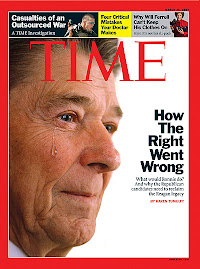
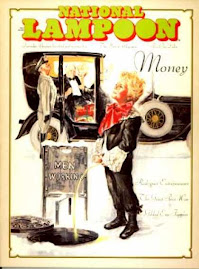
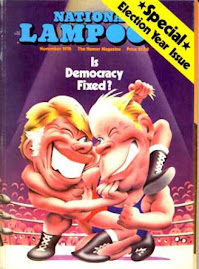

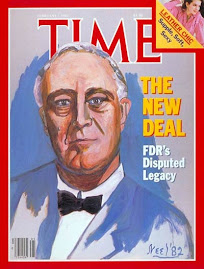


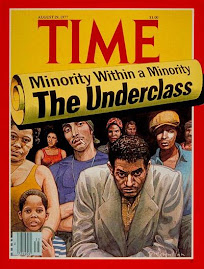


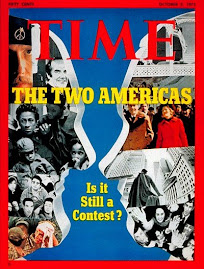
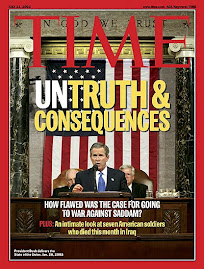

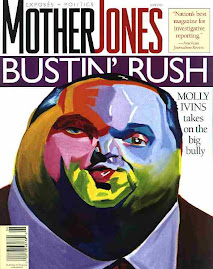
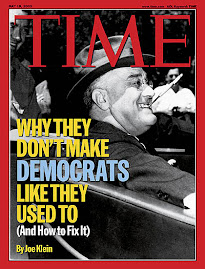
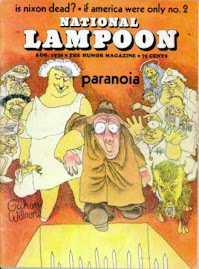
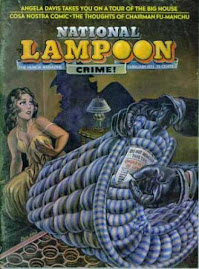
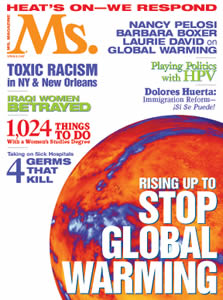

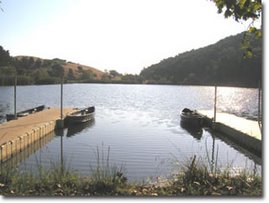
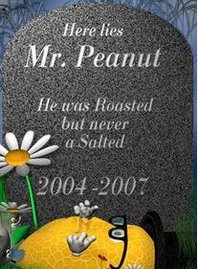
No comments:
Post a Comment